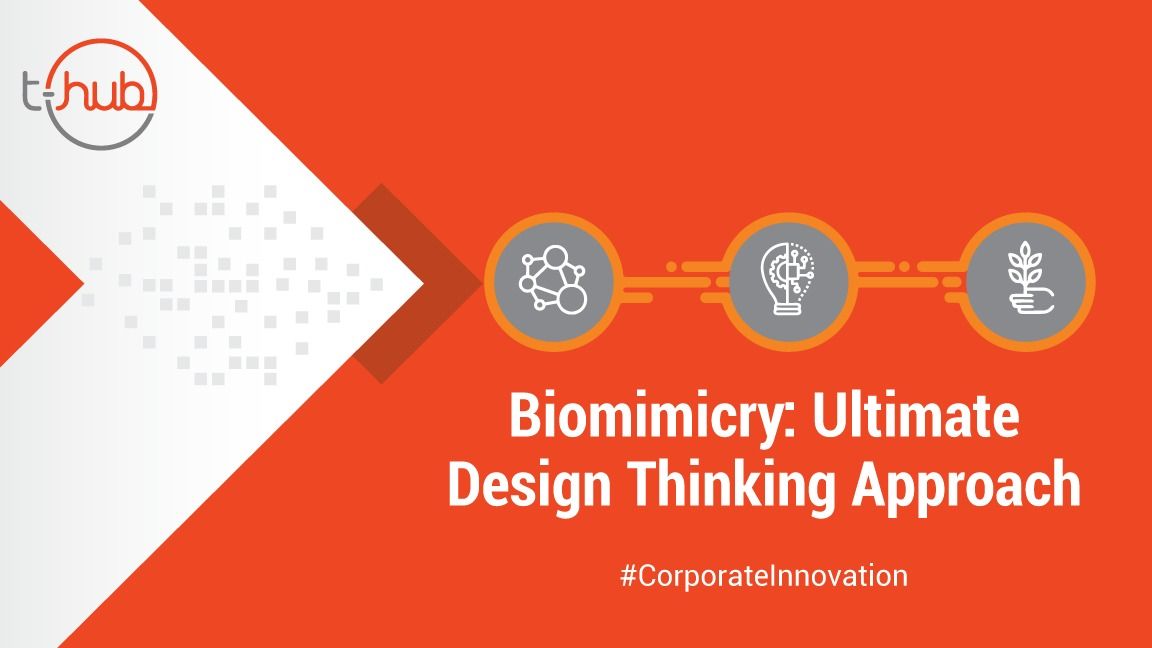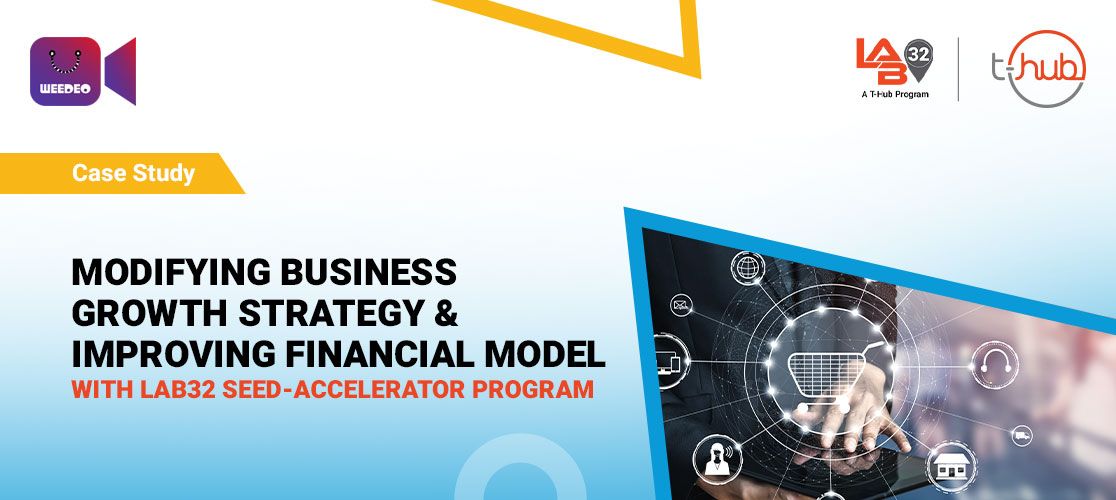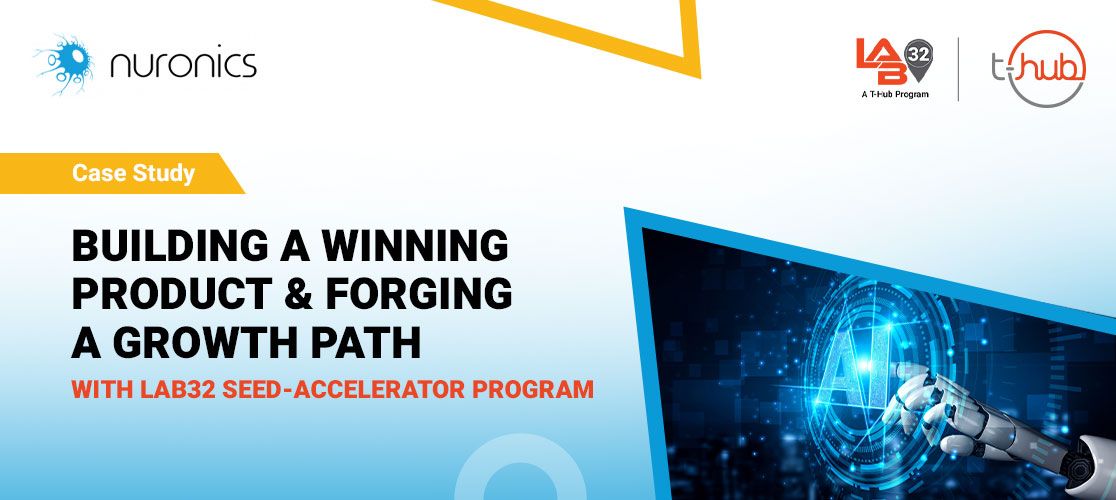Biomimicry: Ultimate Design Thinking Approach
Design thinking is one of the celebrated approaches in designing new products, services or processes. Renowned management and innovation experts agree that design thinking is fundamental in crafting effective innovation strategies in all the disciplines of entrepreneurship. It was a fascinating experience to understand the nuances of this approach, when it was introduced to me for the first time in an innovation workshop. Post that workshop my interest in design thinking grew and suddenly I was on a quest to understand more about from various examples around the management world.
My research on design thinking methodology and interaction with various experts was a rich learning experience and full on insightful case studies on products and services. There are many pioneer consultants and practitioners around the globe who have transformed many organizations with their design thinking frameworks. I embarked on a journey to explore the best design thinking expert and their framework, which I can use in helping startups at T-Hub. This exploration led me to a great conclusion and destination to that journey was Biomimicry.
4 Billion Years of R&D
Biological ecosystems on earth have been on constant evolution for over 4 billion years. They are constantly being subjected to various unpleasant incidents like climate change, tectonic disasters and even cosmic rage. However, nature found its way and designed numerous life and non-life forms to resist, adapt and thrive with many changes in the environment. Many designers and engineers across the globe are getting inspired by these natural wonders and crafting their products based on their study of nature.
Bullet train designers in Japan studied kingfisher’s head for understanding high speed streamlining. Getting the train to a desired speed was never a problem however the shockwave it generated while entering tunnels was causing structural damage called ‘tunnel boom’. Kingfisher birds have specialized beaks allowing them to dive into water to hunt while making a minimal splash. Utilizing this new nose, the next generation 500 series trains were 10 percent faster, consumed 15 percent less electricity, and, most importantly, no more “boom.”
It’s really no secret at this juncture: access to water is pivotal to any sustainable civilization and life on this planet in general. While some locations on the globe have bountiful water resources such as lakes and rivers, more arid climates must make do with limited precipitation. Technology derived from a beetle thriving in one of the harshest environments on Earth may very well help start the next generation of clean water harvesting.The Stenocara beetle lives in the arid African Namib desert, but the dime-sized critter has an evolutionary hack to help it literally pull water out of literal thin air. A pattern of nodes along the beetle’s back enable the creature to collect moisture from the morning fog. The droplets then slide off the bumps into small channels towards the beetle’s mouth. Academics are currently using this research to develop biomimetic patterns capable of harvesting water from the air.
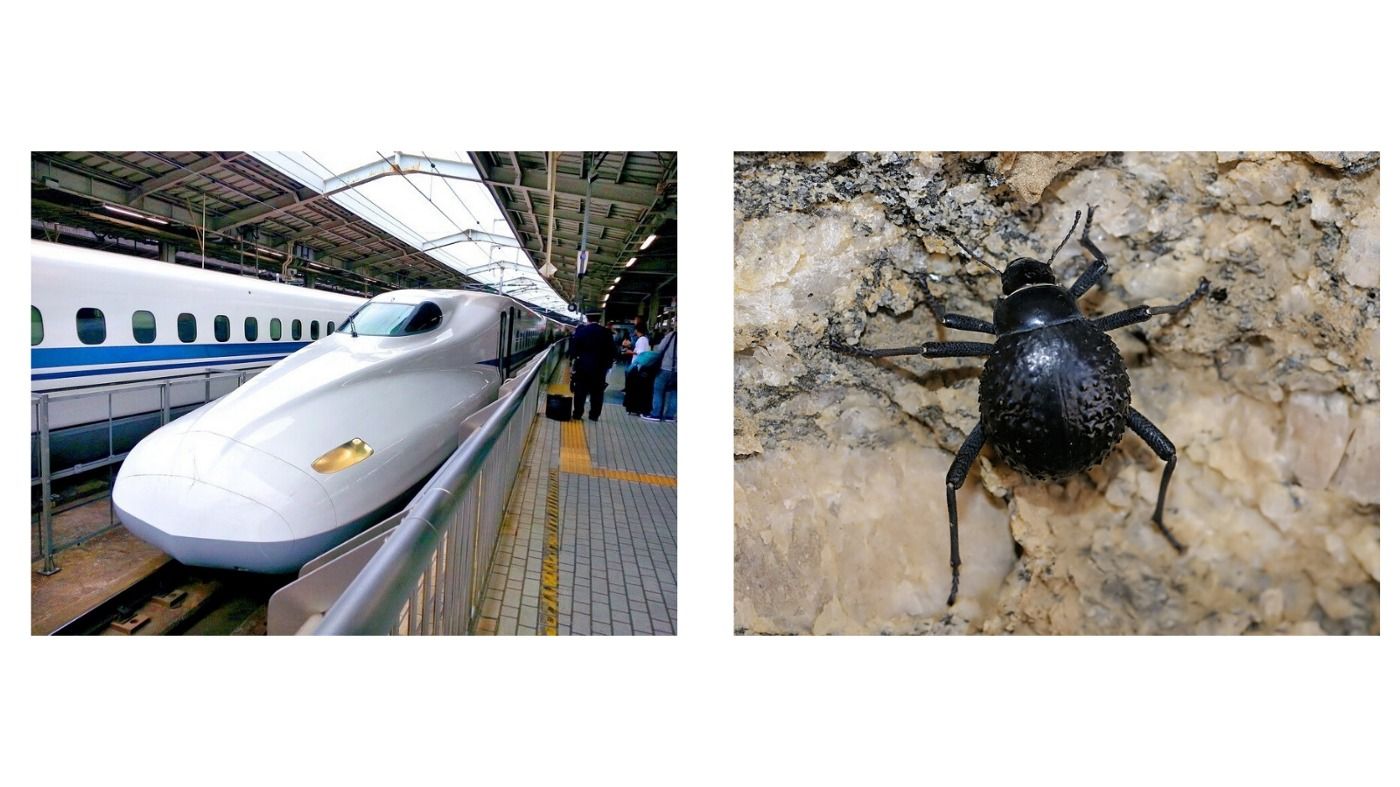
There are numerous such examples in architecture, sports wear, military applications etc. where nature inspired design came to rescue for our challenges in obtaining efficiency. This is also referred as ‘Bioneering’ and many experts believe that absence of natural sciences as a subject in many design schools and engineering disciplines resulted in slower adoption of this approach.
Biomimicry in Management
Nature has truly awed many product designers across centuries and led them to early successes. What about management professionals? I did an extensive research on this aspect too and stumbled upon something very interesting called swarm intelligence and permaculture. As per Wikipedia, Swarm intelligence (SI) is the collective behavior of decentralized, self-organized systems, natural or artificial. The concept is employed in work on artificial intelligence. The expression was introduced by Gerardo Beni and Jing Wang in 1989, in the context of cellular robotic systems. This is inspired by swarms of bees capable of accomplishing complex tasks with simple instructions or rules. It is considered that this will form the basis of various AI based applications in management of autonomous drones, logistics business and even crowd management for major events.
At T-Hub we have been helping various organizations to innovate in Agritech space. During these engagements we found that the imperative was to draw huge amounts of water, spray pesticides and insert nutrients to the soil. These concepts were completely busted when I read about nature’s way of agriculture called ‘Permaculture’. Concept of permaculture guides the farmer to work with nature rather than against nature. Farmers need to understand nature’s management style of setting up ecosystems and various interactions with elements. This enables farmers to grow sustainable food forest aligned to local topography and ecology. Permaculture management style will make our farming completely free from pesticides, minimal maintenance and maximum return on investment from a piece of land. These examples signifies that nature’s management is one of the most evolved approaches and will create an efficient future for mankind.
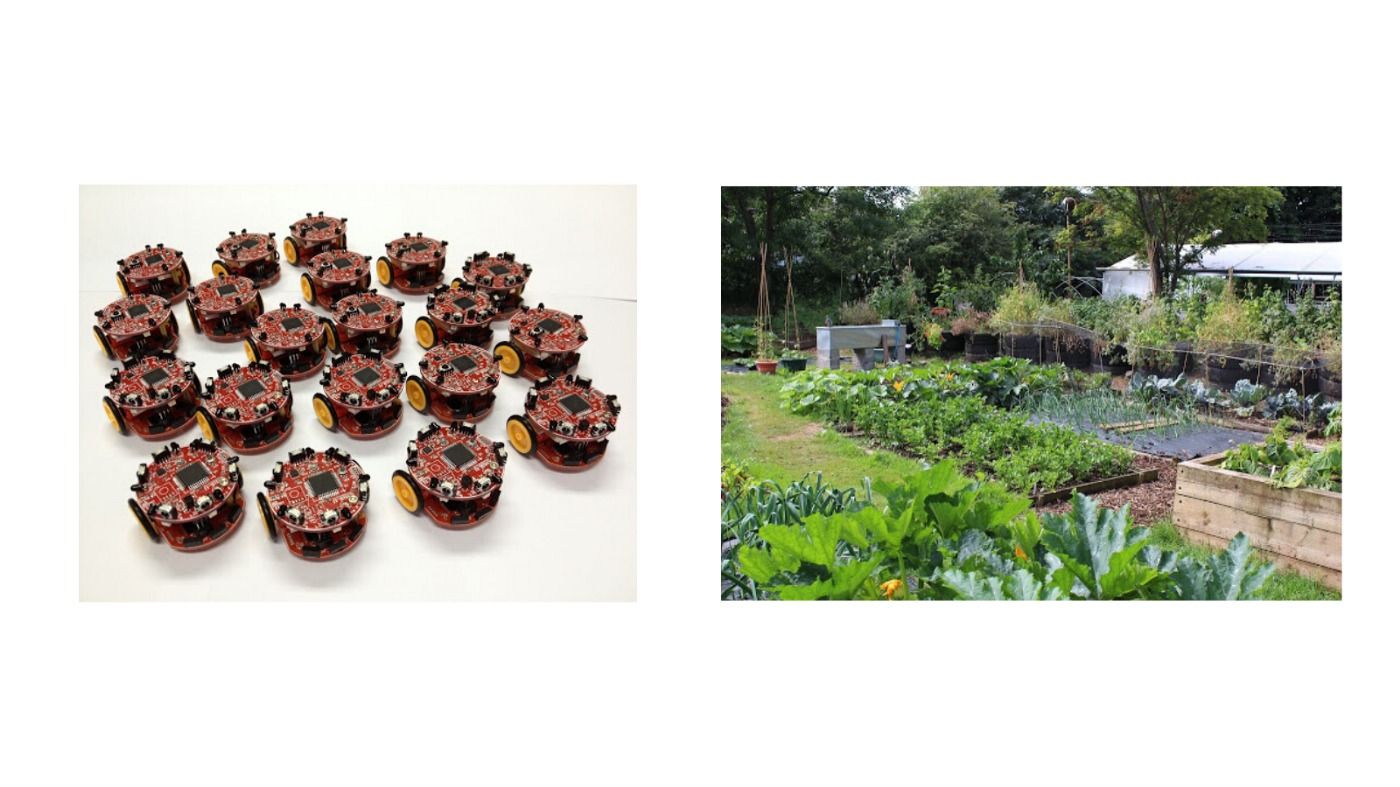
Ecosystems and Innovation
Nature is master in creating perfect ecosystems, where every element is placed at the right place and dependent on every other element for creating balance. These ecosystems are highly complex, yet they work in harmony. Nature even creates sub-ecosystems and miniature ecosystems based on the local conditions, which are self-sustaining, interlinked and efficient. However, due to changes in climate there will be many instances where two or more ecosystems overlap with each other. This overlap becomes a hotbed for innovation and makes elements to transform and adapt to new conditions for moving towards perfect balance. There are many examples in the field of innovation where overlap of various disciplines have given way for innovative products and processes. Some of the innovations in the field of fintech, healthtech, agritech are perfect examples where technology overlaps with other domains.
What is required?
It may look simple and straightforward, however it takes immense amount of observation and research discipline to get results using this approach. This approach is long term and management professionals require great patience to see an efficient sustainable future. In my opinion innovation with this approach is more powerful than ever and biomimicry can be considered as the ultimate of ‘Design Thinking’. In my next article we shall explore some frameworks to develop our internal strategies using biomimicry. Let me know in your comments if you agree or disagree with my thoughts on design thinking.
— Abhinav Guptha, Lead — Fintech Vertical, Corporate Innovation, T-Hub
We power Corporate Innovation through high-impact partnerships and transform your business models for the better. Read more here


